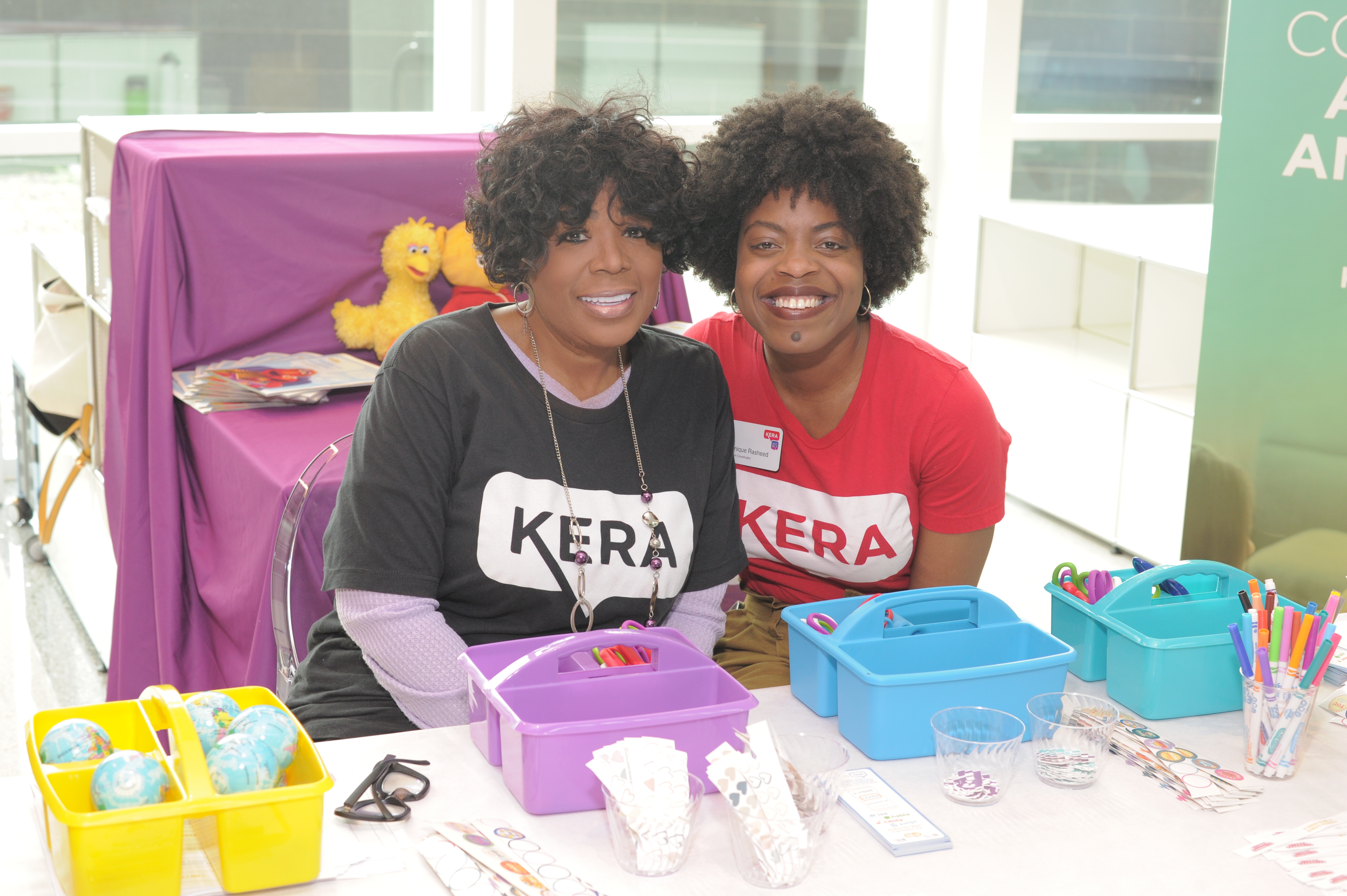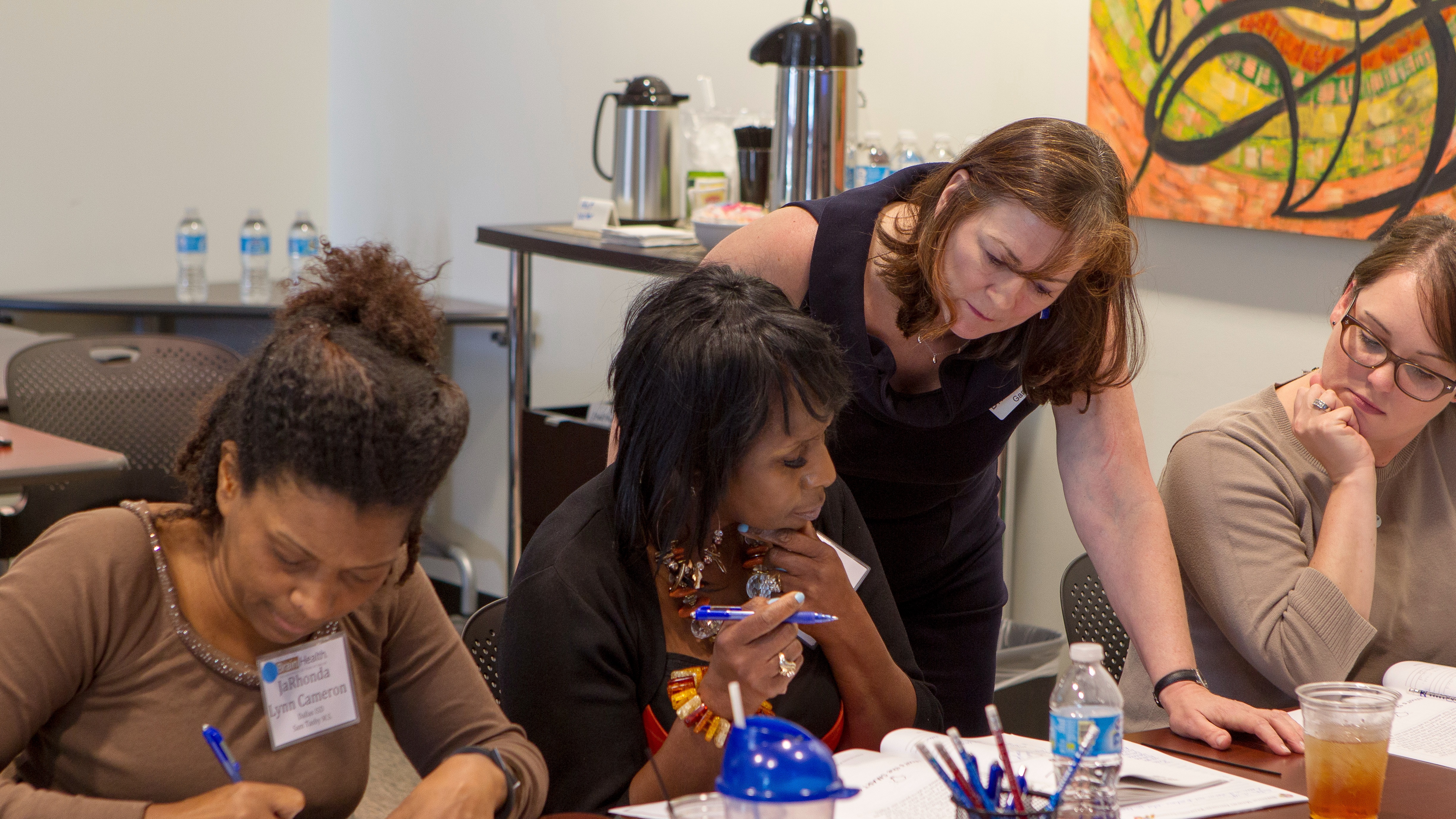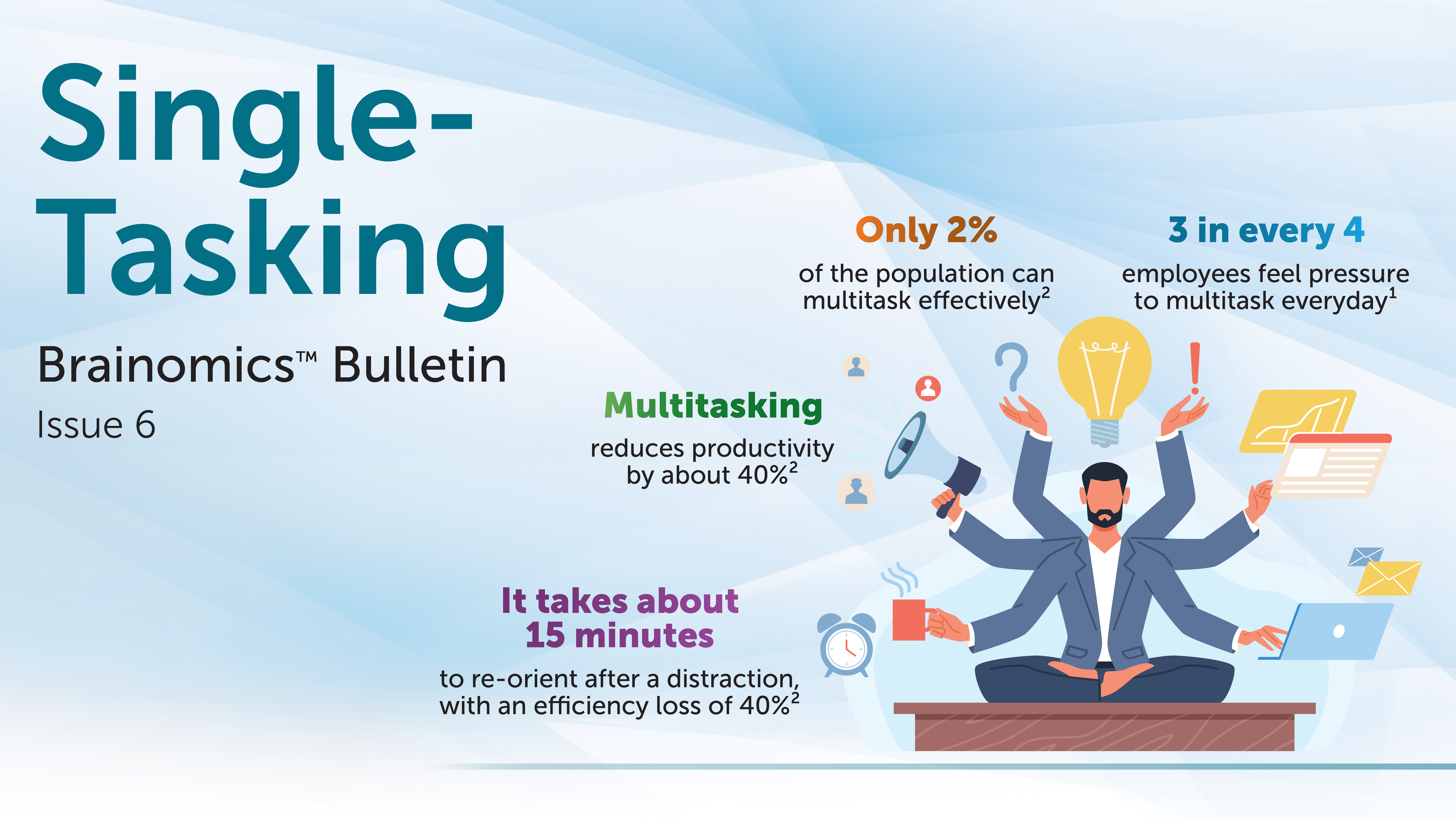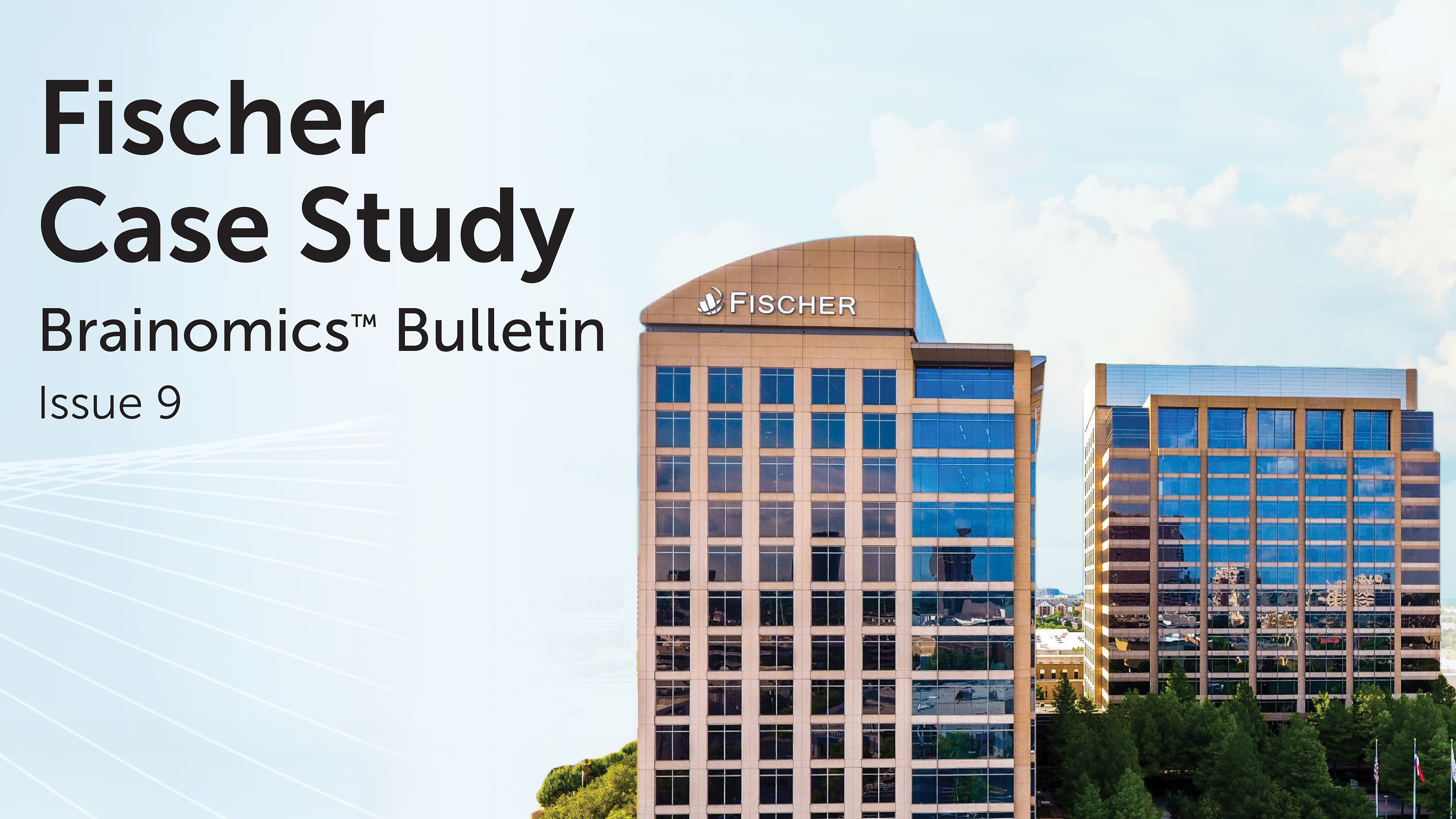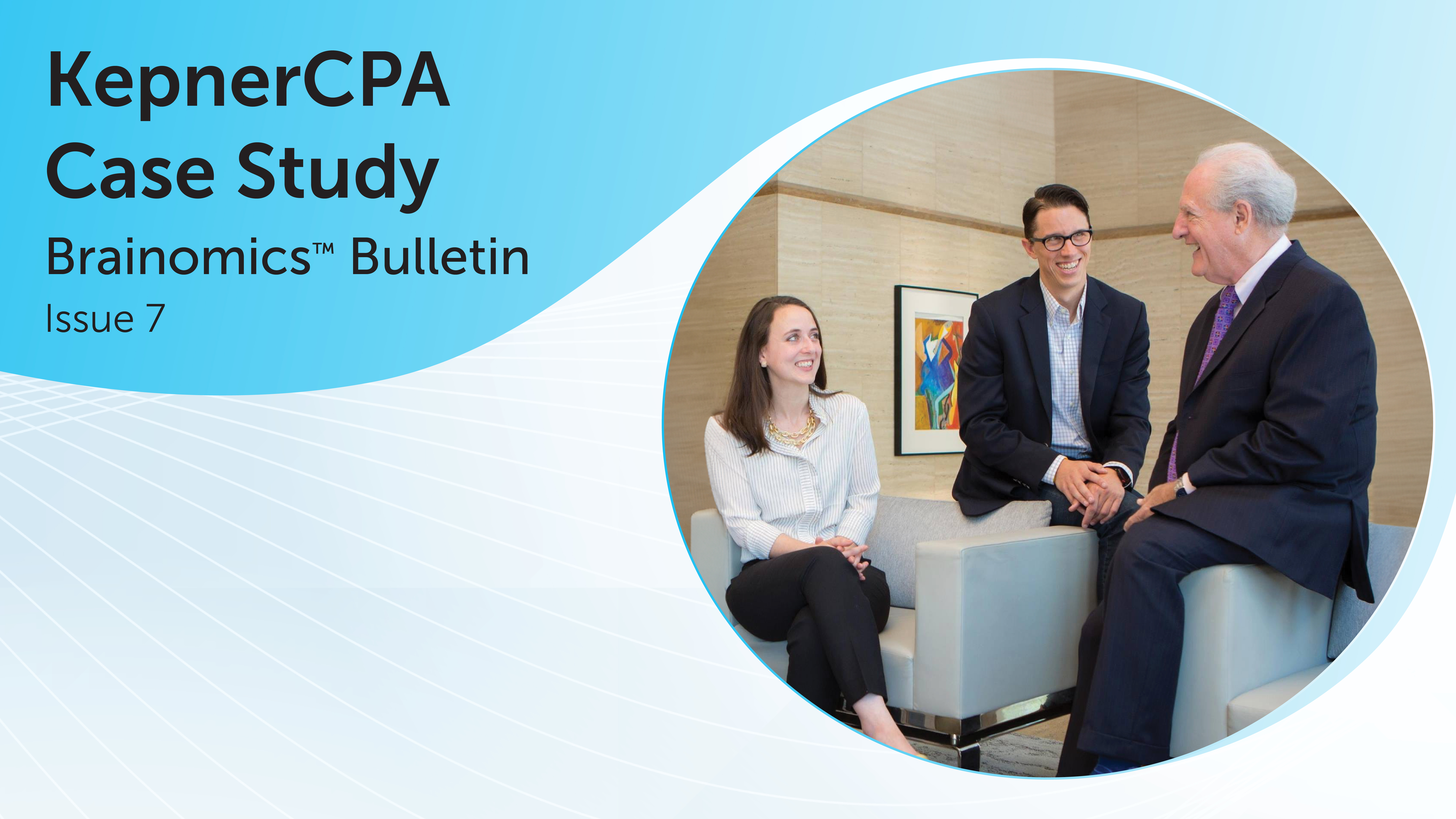Momentous School: Investing in Brain and Mental Health from Age Three
BRAINOMICS CASE STUDY
Open Printable PDFSituation
Momentous School, part of Momentous Institute, is a nationally acclaimed laboratory school serving preK-3 through 5th grade. As a critical component of Momentous Institute’s mission, their school’s mental health-informed, neuroscience-based curriculum places social-emotional learning on par with academic achievement, setting students up for both academic and lifelong success. Momentous School primarily supports students in underserved communities, with nearly 80% of students qualifying for free or reduced-price lunch. Their students learn about the power of their own brains from a young age – how their brains work and how to apply this knowledge to regulate themselves. Momentous School focuses on the whole person and integrates mental well-being into all aspects of health and learning, cultivating resilient human beings equipped with tools to thrive.What We Did
To understand the long-term economic implications of this kind of early investment in brain and mental health, the Brainomics® and Momentous Institute teams analyzed academic achievement six years after high school graduation for 73 alumni from Momentous School’s 2016-2018 graduating cohorts. We then projected their lifetime earnings (based on data described below) and compared outcomes to student data from the National Student Clearinghouse High School Benchmarks Reports, which track high school and college progression rates across the U.S.1We defined three comparison groups using this national data:- Students from low-income schools (representing the likely alternative path for Momentous School alumni).
- Students from high-income schools.
- Average-income students (calculated as the mean between low- and high-income students).
What We Learned
Momentous School alumni exceeded expectations for individuals rising from low socioeconomic backgrounds, and they even outperformed high-income students. Compared to most low-income students, our investigation found that Momentous School alumni are more likely to:- Graduate from high school.
- Pursue higher education.
- Earn a college degree.
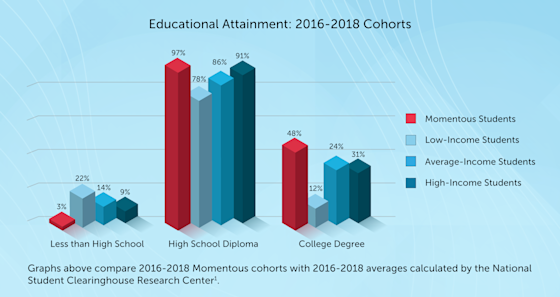
- 26% higher than low-income students.
- 15% higher than average-income students.
- 9% higher than high-income students.
- 24:1 vs. low-income students.
- 15:1 vs. average-income students.
- 9:1 vs. high-income students.
What We Learned – Economic Impact
The numbers are quite extraordinary, confirming that investing early in brain health and mental health education pays off and delivers both human and economic returns. Based on our analysis, Momentous School alumni are more likely to graduate from high school, earn a college degree, and become higher-income earners than many of their peers.This case study demonstrates the high value of a proactive approach to brain and mental health education and social emotional learning in education. It’s never too early to start building brain and mental health with strategies that can unlock meaningful and measurable gains in how people thrive.What’s Ahead
Center for BrainHealth focuses on executive function training, beginning in adolescence when key neural networks for reasoning and decision-making in the prefrontal cortex are experiencing their greatest development. The success of Momentous School students makes a strong case for introducing brain-based and mental health strategies even earlier, giving tomorrow’s leaders agency over their brain health from the very start of their formal education years.“”



